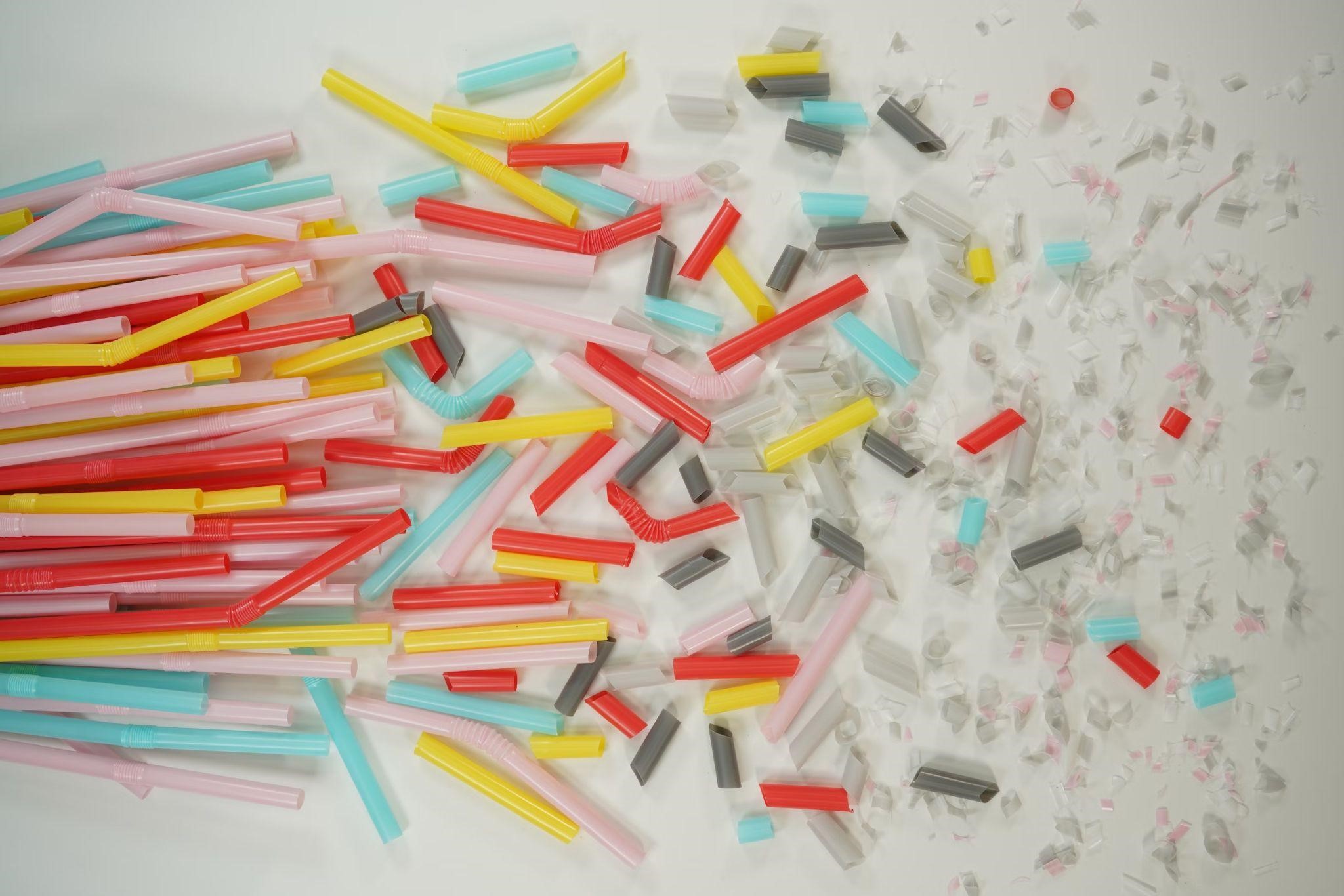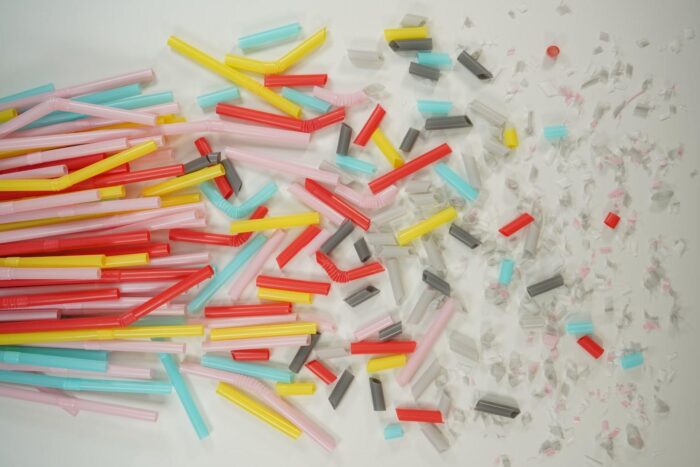Microplastics: Their Environmental Impact and Proactive Solutions

We’re all well aware of the impact of plastic pollution and how it affects the environment.
However, unbeknownst to the general public, small fragments of plastic known as microplastics pose an even greater looming threat.
According to researchers, concentrations of microplastics in the oceans worldwide have increased to a staggering 2.3 million tonnes. These small plastic fragments can be ingested by marine life, enter the food chain, and lead to humans consuming them.
It’s crucial to be informed and educated on the dangers of microplastics and what we can do to minimize their impact.
In this article, we will cover what microplastics are, why they’re harmful, and potential steps we can take to prevent further environmental deterioration.
What are microplastics and where are they found?
Microplastics are tiny plastic particles that are typically less than 5 mm in size.
87% of microplastics are from synthetic textiles, tire wear, and city dust. For instance, washing clothing items made from synthetic textiles sheds microplastics. These pass through the plumbing from washing machines to wastewater treatment plants, and finally, the ocean.
It’s a common misconception that littering and improper plastic waste management are the primary causes of microplastics in the ocean. These causes contribute to a small percentage of the overall release of microplastics.
Synthetic textiles contribute to 35% of the microplastics found in the ocean. In fact, almost 75% of clothing is projected to be made from synthetic fibers by 2030.
Tires account for 28% of microplastics. Tires wear away due to friction and heat from road contact. The wind and rain spread the tire particles to nearby water bodies, leading to the ocean.
Why are microplastics bad for the environment?
According to a recent analysis of all known chemicals used in plastic production, there are 16,000 plastic chemicals, out of which at least 4,200 are considered to be highly hazardous to the environment and human health.
Microplastics are ubiquitous, and it’s vital to understand how they affect the environment.
Microplastics in parks
Scientists from the UAE University in Al Ain discovered thousands of tiny microplastics in soil samples taken from Al Ain parks.
Upon further inspection of these samples, scientists deduced that the soil samples with higher concentrations of microplastics were more acidic than others.
John Quinton, a professor of soil science at Lancaster University in the United Kingdom found that potential sources of the microplastics in soil were plastic litter and tire wear from roads.
He said that the impact of microplastics in soil is not fully understood and is yet to be uncovered.
Microplastics in the ocean
The Environment Agency – Abu Dhabi (EAD) and Abu Dhabi Quality and Conformity Council (QCC) began their collaboration in 2022 and will continue till 2025 to extensively assess the levels of microplastics in Abu Dhabi’s marine environment.
During a research mission in 2022, 100 water samples were collected from Abu Dhabi waters, the Arabian Gulf, the Red Sea, the Atlantic Ocean, the Mediterranean Sea, and the Gulf of Aden.
These samples were analyzed and results show that microplastics present in the ocean pose a serious threat to marine life. Marine organisms can ingest these tiny plastic particles causing danger and disruption to the ecosystem.
The EAD continues to monitor microplastic contamination in the ocean by conducting environmental surveys, which involve collecting water, marine sediment, and biota samples from key locations across Abu Dhabi’s marine environment.
These continuous assessments can provide valuable data that can aid in developing proactive strategies on a local and national level to alleviate the impact of microplastics in the ocean.
Effects of microplastics on humans
Microplastics, once ingested, can have detrimental effects on human life.
If the plastic particles present in the soil are small enough, vegetables and fruits can absorb them through their roots. Seafood has the potential to contain microplastics from ocean pollution. Even salt mined from the

Affects of microplastic on humans
ground can be packed with microplastics.
A new study found that people with microplastics or nanoplastics (plastic particles less than one micron in size) in their carotid artery tissues were two times more likely to suffer a stroke, heart attack, or death from any cause over the next three years than people who had none.
Research continues to confirm the effects of nanoplastics and microplastics on the human body’s organs and functions.
How to minimize the impact of microplastics
Can microplastics be recycled?
The short answer is yes. Microplastics can be recycled to manufacture electrodes in lithium batteries.
But frankly, it shouldn’t stop there.
According to the IUCN’s reports, household activities generate 77% of microplastic releases. These activities involve the use of washing machines and transport via private-owned vehicles.
Synthetic fibers can remain in the environment for hundreds of years, causing mass damage to marine life. The fashion industry can play a major role in mitigating the impact of microplastics by testing textiles to make sure that the release of microfibers is significantly reduced. Pre-washing synthetic textiles can decrease the shedding of microfibers before the consumers’ first wash cycle post-purchase. Fashion brands can also ensure that their clothing items are durable with minimum wear and tear.
What you, as a consumer, can do to minimize the spread of microplastics in the environment, is limit the number of washing cycles for your clothes. According to a study, an average wash load of 6 kilograms can release over 700,000 microfibers.
You can also invest in washing machine filters that can capture microplastics and prevent transferring them to the ocean.
Moving on to microplastics from tire wear, manufacturers and designers can redesign tires to lessen tire erosion on the road.
In terms of private vehicle use, consider utilizing more sustainable means of transport, such as the metro, especially for longer distances. This can help restrict the distribution of microplastics to parks, beaches, farms, and water bodies. The switch to public transport can also help reduce carbon emissions.
Although plastic litter is a minor contributor to microplastics, we as a community can diminish their impact by adopting sustainable practices to decrease plastic waste and increase plastic recycling rates. This involves disposing plastic items into recycling bins to ensure their reuse.
Final thoughts
As we now know, microplastics, although small, can cause enormous harm to our environment and health. Due to their minimal size, minor efforts are being taken to measure their concentrations in the environment.
There is ongoing research taking place to better comprehend the dangers of microplastics on the human body. However, it’s best to act now as a community rather than wait for disastrous circumstances to occur.
Every little bit helps, and our joint efforts can proactively protect the environment from further harm due to microplastics.
